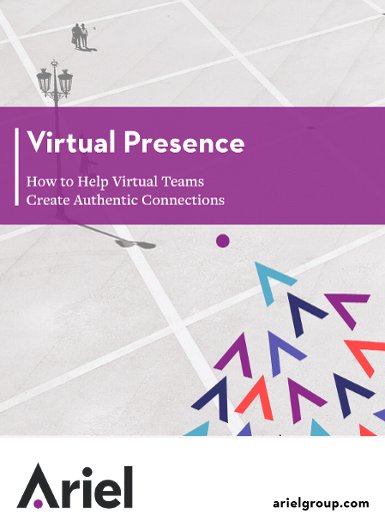Changing Organizational Culture on a Large Scale

70% of change programs fail to achieve their goals, largely due to employee resistance and lack of management support.
In today’s world of Silicon Valley office perks, culture is a buzzword. But it also has a powerful impact on morale, performance, and business results. This applies inside and outside of the organization—from recruiting to customer perception.
Organizational culture is intangible and difficult to pinpoint. It’s made up of values and behavior patterns that shape your company. It’s also constantly evolving.
So why might you intentionally change it? Perhaps you’ve had significant staff turnover or your company vision has shifted over time. Reorganizations and mergers and acquisitions are also important milestones for evaluating and changing culture.
Culture is not the sole responsibility of HR. It is owned, and practiced, by everyone in the entire organization.
Unfortunately, 70% of change programs fail to achieve their goals, largely due to employee resistance and lack of management support.
Here’s how to ensure your change in culture has the best chance to succeed.
Start with a vision
What do you want to accomplish? Identify specific goals and metrics, which might be around anything from morale to sales results. Then define the specific behaviors and actions that will get you there. Don’t just guess what needs to happen—study it. Deploy internal focus groups and surveys, or consider bringing in an unbiased outside expert.
Successful transformations aren’t forced from the top down—they involve a large group of stakeholders throughout the company. Form a team to identify this vision and an implementation plan. Involve a diverse group, from leadership to those on the frontlines.
Get everyone on board and lead by example
To be successful, change must transform the entire organization, so everyone needs to be on board. All employees need to feel ownership over the vision. When people resist change because they don’t fully understand it or management behavior doesn’t reinforce it, your organization is bound to fail.
Start by involving everyone early. Ask for feedback and ideas through company-wide surveys. Communicate why the change is important, and paint a clear picture of what success looks like. Explain the role everyone plays.
While change cannot simply be mandated from above, it starts with leadership. Ensure managers are prepared to drive the change. Show, don’t tell. Look for informal leaders and bring them on board as ambassadors. A variety of organizational tools can help identify natural influencers.
Change behaviors
Research suggests that we are more likely to act our way into a new way of thinking than think our way into a new way of acting. Focus on behavior, and mindset will follow.
Define specific initiatives with tangible, actionable, and measurable habits and systems that can be repeated. For example, if your goal is to maximize productivity by reducing meeting time, mandate that hour-long meetings be shortened to 45 minutes. To encourage collaboration, establish a program that connects teams that might not work together otherwise.
Culture results from incentives—and not just monetary ones, so encourage and reward the desired behavior. For example, to incentivize participation in internal programs, include that in the criteria for promotions.
Make it stick
We’ve seen companies implement new systems without trialling them properly, only to find they need new teams and technology just to manage it. Before implementing and investing in a new approach, test it throughout the organization—then scale.
Organizational change can take years, especially in large companies. Monitor for change fatigue and measure performance and morale along the way. Communicate progress early and often. Focus on continuous improvement, and remember that shaping organizational culture is a work in progress.
Looking to make a change? Ariel can help your leaders make it more effective and long-lasting. Contact us for a consultation or learn more by reading our eBook, “7 Communication Do’s and Don’ts for Leaders Facing Rapid Organizational Change.”
